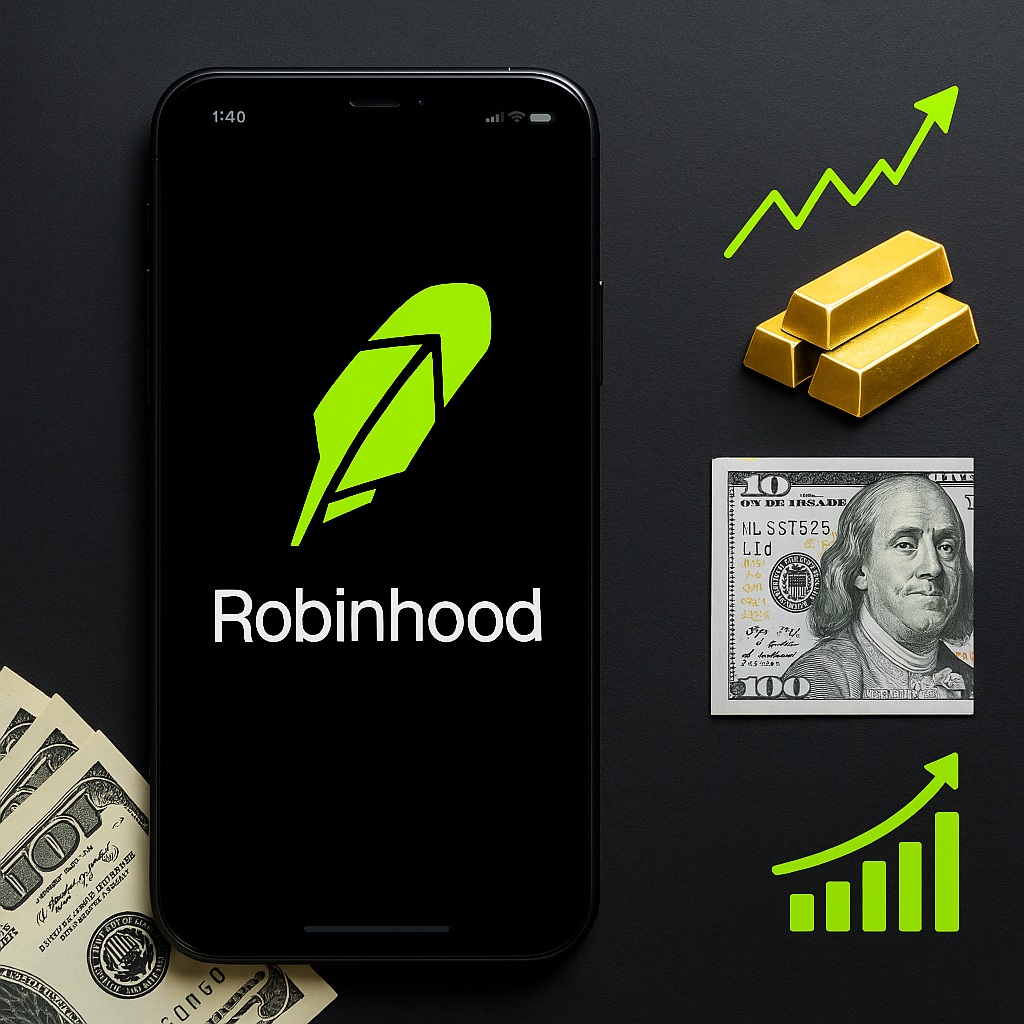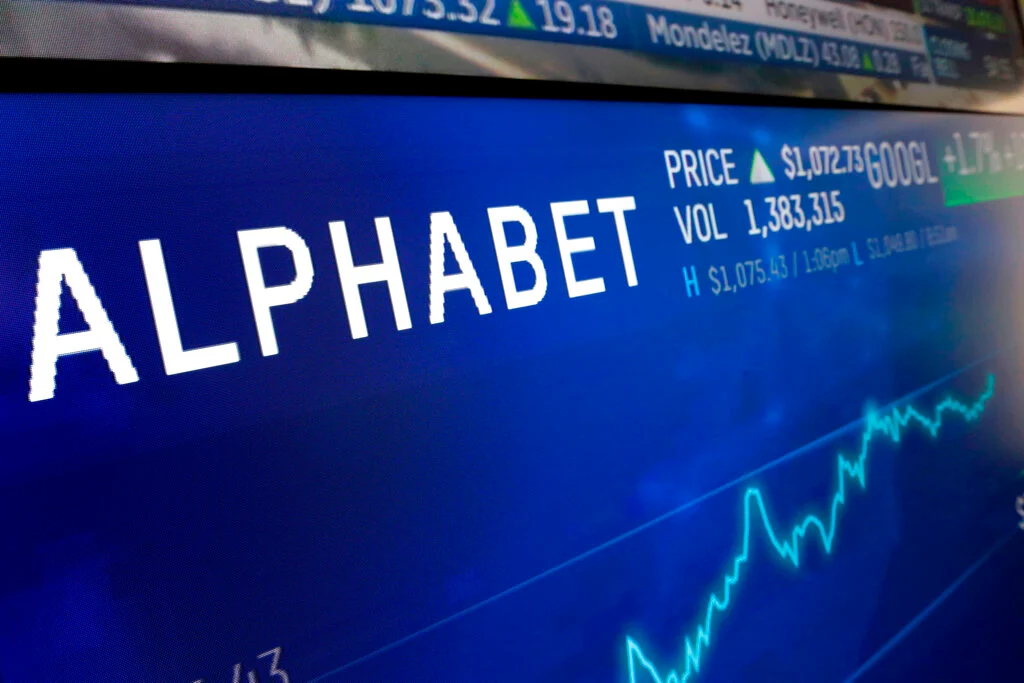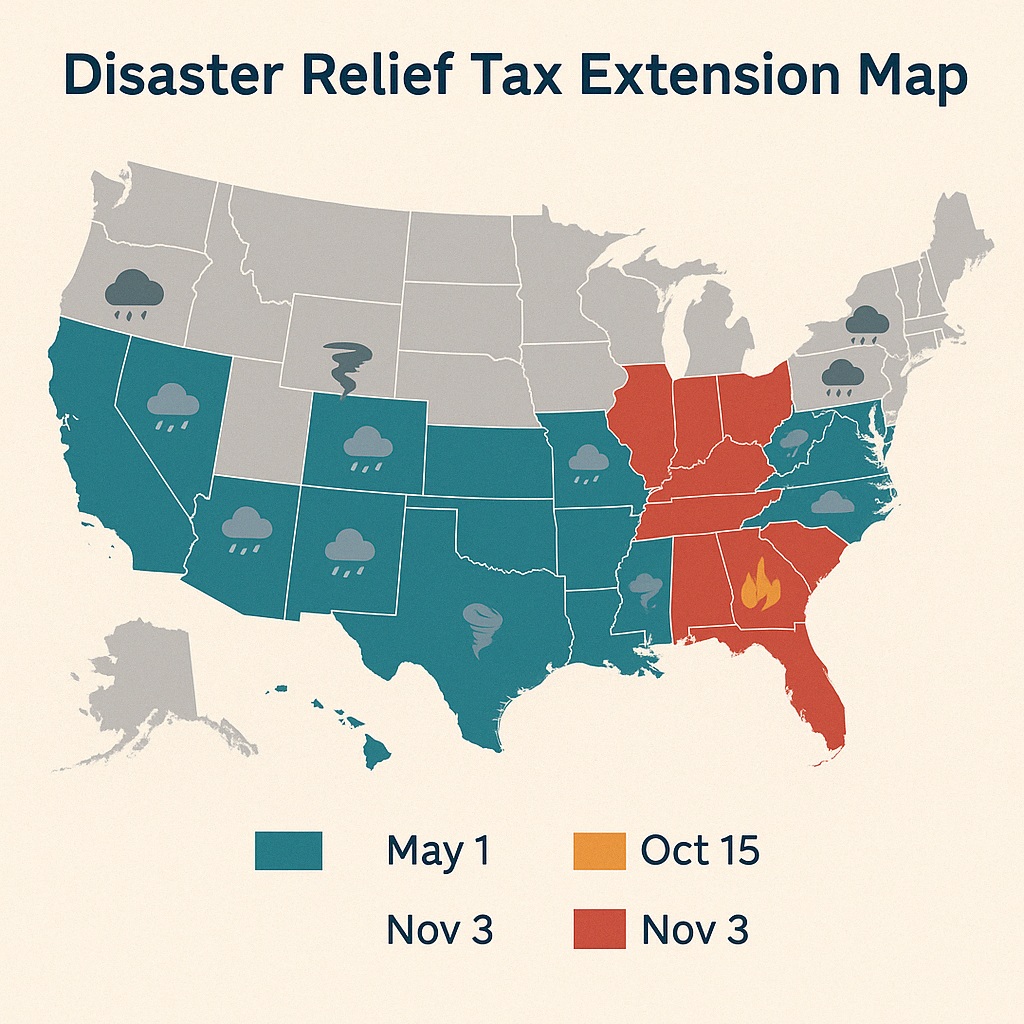Robinhood is changing again. And not just in small ways.
The same app that helped millions trade stocks without fees is now pushing into new territory. Wealth management. Private banking. AI tools. It’s all happening. Fast.
But here’s the thing—at the same time, regulators are watching closely. Real close.
So what’s going on? Is Robinhood growing up or going too far? Let’s break it all down.
Robinhood Strategies: Wealth Management for the Rest of Us
Most wealth management firms? They want rich clients. The kind with millions.
Robinhood? Not so much.
On March 27, they launched something called Robinhood Strategies. It’s a professional investment service, but without the high cost. It charges 0.25% or at least $250 a year for Gold members. You can get started with just $50.
Yeah. $50.
If you put in $500 or more, you get access to stock portfolios too—not just ETFs. That’s rare. Most big firms won’t even talk to you unless you’ve got thousands, maybe even six figures.
So what’s the goal here?
Robinhood wants to bring real investing tools to regular people. Not just the rich. Not just hedge funds. Everyone else.
Private Banking, But Not Like You Think
Later this year, Robinhood plans to roll out a private banking service. Sounds fancy, but here’s what they’re really doing.
It’s going to include tax help, estate planning, and special perks—like tickets to big events, even the Oscars or Met Gala.
But this won’t be for just anyone. You’ll need to be a Gold subscriber. That costs $5 a month or $50 a year.
For a few bucks, they’re giving you access to a service that would normally cost you hundreds, even thousands. It’s bold. But is it too much too soon?
AI Tools Are Coming—Will They Help or Confuse?
Later in 2025, Robinhood will launch an AI-powered investment tool.
That’s all we know for now. Not many details yet.
But it’s meant to help regular users understand markets in real time. No more waiting for blog posts or analyst videos. You’ll get insights fast. Maybe even before the next big move.
Will it work? Depends how good the AI is. And how people use it. Could be a game-changer—or just another feature no one trusts.
Prediction Markets: New Feature or Legal Problem?
Robinhood also launched prediction markets this March. Users can make trades based on real-world events. Like sports outcomes. March Madness games, for example.
Sounds fun. But regulators? Not impressed.
Massachusetts opened an investigation. They sent Robinhood a subpoena. They want to know who’s using the feature, what’s being traded, and how it’s being marketed.
The concern? That Robinhood is turning investing into gambling. Again.
Robinhood says they’re following the rules. The feature is supposed to be run through regulated platforms under the CFTC. But the fact that they had to delay this launch back in February at the CFTC’s request? That’s not a great sign.
It’s still early. But this could turn into a big fight.
Let’s Talk Numbers: Growth That’s Hard to Ignore
Despite all the noise, Robinhood keeps growing.
As of the end of February 2025, they had 25.6 million funded customers. That’s 2 million more than the same time last year.
Assets under custody? $187 billion. That’s up 58% from a year ago, even though it dipped a bit from January.
February saw $4.8 billion in new deposits. Over the past 12 months? $53.5 billion added. That’s a 45% growth rate.
So yeah, the business side looks strong. Very strong.
Trading Volume: Crypto’s Climb, Options Hold Steady
Let’s break it down:
- Equities: $142.9 billion traded in Feb. That’s a 77% jump from last year.
- Options: 165.6 million contracts. Also up year-over-year.
- Crypto: $14.4 billion in Feb. That’s down from January… but still a 122% increase vs last year.
Crypto is clearly becoming more important to Robinhood’s bottom line.
Margin balances also hit $8.7 billion, which is up 129% year-over-year. That’s a lot of borrowed money. Which also means more risk.
TradePMR Acquisition: A Quiet Power Move
In February, Robinhood bought TradePMR. It manages $43 billion in client assets.
Why does this matter?
It boosts Robinhood’s presence in wealth management. It’s a big move that didn’t make a lot of headlines, but probably should’ve.
Because now, they don’t just serve retail traders. They’re getting more tools for advisors and portfolio managers too.
This is Robinhood building the back end—not just the flashy front.
Stock Performance: Big Gains, Big Swings
Robinhood’s stock (HOOD) is all over the place.
On March 27, it dropped 7.1% in a single day. Still, it’s up 29% year-to-date. That’s way better than the Nasdaq, which is down 5.4% this year.
The stock trades at a P/E ratio of 28.67. That’s not cheap. But it shows investors believe Robinhood is becoming more than just a trading app.
Still, with a 52-week range from $13.98 to $66.91, you better buckle up. Volatility is part of the deal.
What Now? May Earnings Will Show the Truth
Robinhood’s next earnings report drops on May 6, 2025.
That’s when we’ll find out if the new wealth services are actually working. Are people signing up? Is private banking rolling out on time? What’s going on with prediction markets?
It’ll be a big moment.
Final Thoughts: Can Robinhood Handle the Pressure?
Robinhood wants to be the one-stop shop for the modern investor.
They’re not just trying to make things easier—they’re trying to change the whole system.
But growth brings pressure. From regulators. From markets. From users who expect more.
So, can they pull it off?
Maybe. They’ve done it before. But this time, the stakes are higher.
And the spotlight? Brighter than ever.



